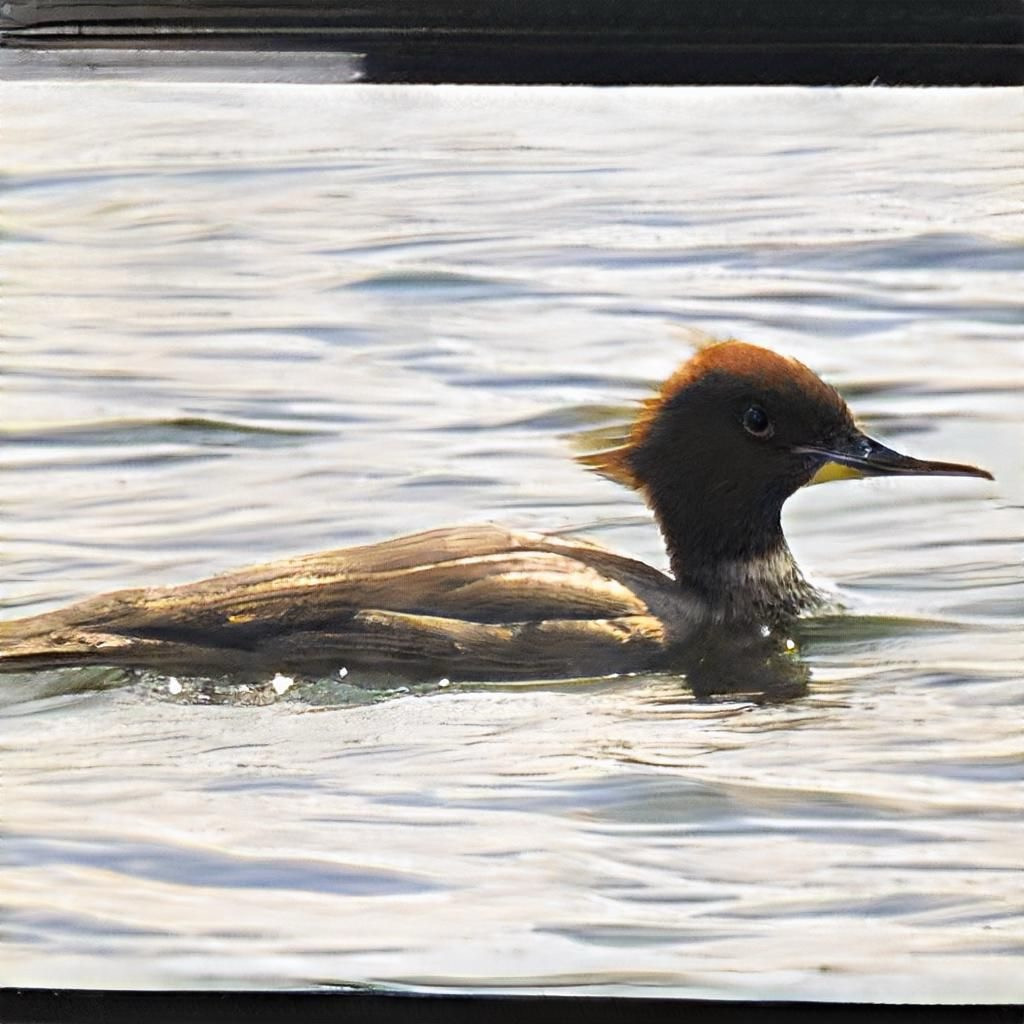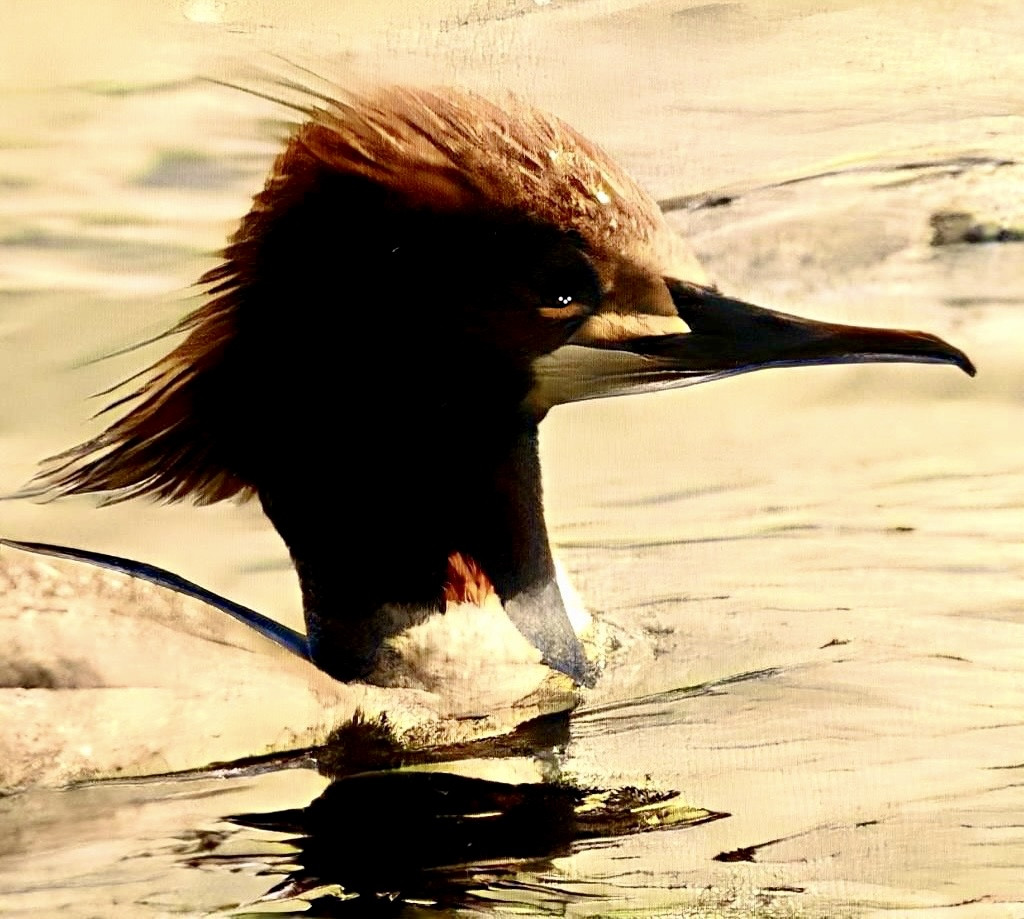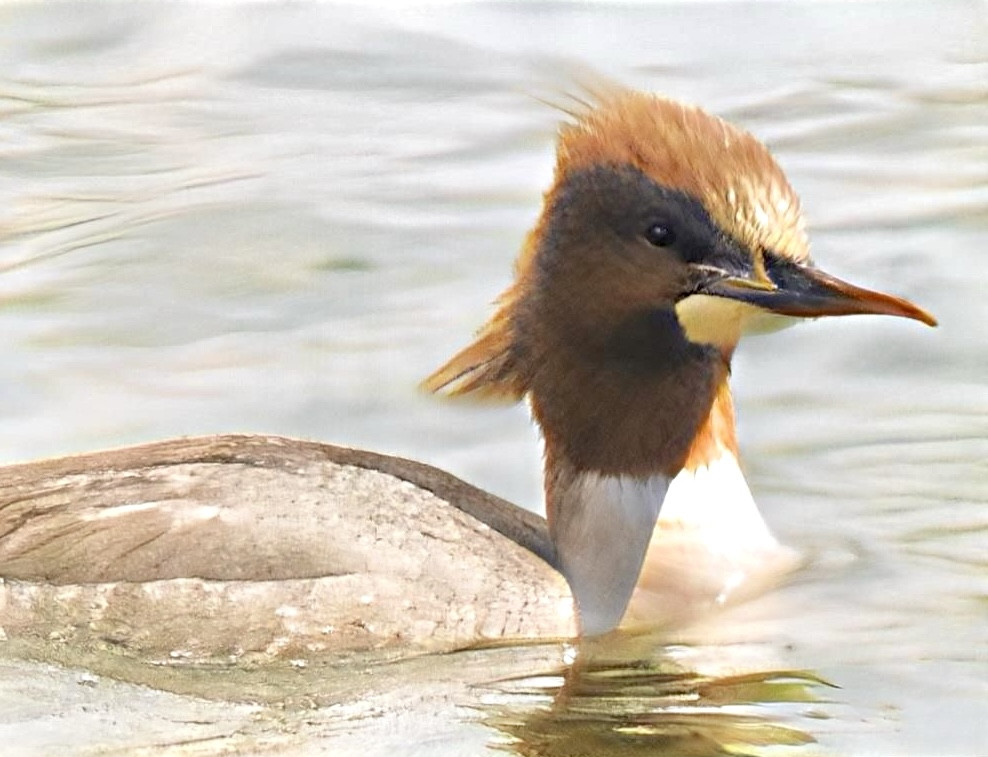Description
The deep waters around Lake Vättern are ice-free most years. This makes it an excellent wintering area for birds. The lake holds large wintering populations of gulls like обичен галеб, Сребренест галеб and Голем морски галеб. This is also one of the best places for the rare Glaucous Gull, although it is not seen most years. Most gulls winter around Motala. The area also holds wintering waterfowl. Most commonly: голем северен нуркач, црвеноклун лебед, сива чапја, жолтоклун лебед, цуцулест кожувар and четириока патка. Around Vadstenaviken large amounts (many hundreds) of Дива патка winter. Often with other rarer (wintering) dabbling ducks in the mix. The lake also holds wintering populations of голем корморан, среден северен нуркач, бел нуркач (visitors from Boren) цуцулест нуркач, мал нуркач, and during mild winters: ушест нуркач, белокрила црнка, белец and долгоопашеста патка. The large fields around Vadstena and Norrsten hold wintering geese, нордиско конопјарче and Snow Bunting. Many birds of prey also winter. Most common are јастреб врапчар, and белоопашест орел.
During the last weeks of Febuari the first spring birds arrive. обичен сколовранец, полска чучулига, обична ѕвингалка, and калуѓерка are usually the first to arrive. Some of the previously mentioned birds might start to winter if the winters continue to be mild. Many geese like Barnacle Goose, дива гуска, Палска (Посебна) гуска, белочелна гуска Tundra Bean Goose and Canada Goose are often seen. Most geese congregate around Tycklingen and Norrsten. Sometimes Pink-footed Goose is also found.
During March most of the geese increase in number. More birds of prey arrive: гаќест глувчар, Обична (Црнонокна) ветрушка, сив сокол, and црвена луња. In Vadstenaviken large amounts of dabbling ducks often rest. гусковидна патка (Regular), езерски галеб, остригар, and обична бекасина also arrive during this period. From this period onwards голема бела чапја is sometimes seen.
During April other wader along with конопјарче and ливадска трепетилка arrive. During April-May large amounts of passerine birds, wader, gulls, and terns use the lake as a landmark for migration. It starts in the middle of April with thousands of обична ѕвингалка and северна ѕвингалка, continuing with thousands of голем српоклун свиркач, with smaller amounts of other waders like шарен српоклун свиркач, Bar-tailed Godwit, бојник and црвенонога тринга. Also large amounts of gulls like езерски галеб and обичен галеб. In early May hundreds of terns (речна чигра, Arctic Tern) pass. Along with rarer birds like црна рибарка, тропрст галеб (quite rare) and мал галеб.
During the summer many species of night-active birds can be heard like полски трскар, Северен славеј, крекс, обичен трскар (vadstena reningsverk), потполошка and sometimes Речен цвркотник. Many other warblers can be found during this period. In the cities of Motala and Vadstena city birds like гугутка, обична зелентарка, циганче (missing most winters), северна ѕвингалка, див гулаб, and црноглаво грмушарче can be found year round.
Details
Access
Parking can be done at ample places. Some of them are: Tycklingen, Motala, Råssnäsudden, and Vadstena castle. Click on a P in the map to get directions to that area.
Terrain and Habitat
Forest , Wetland , Scattered trees and bushes , Grassland , Valley , Plain , Plateau , Lake , Beach , Mud flats , Agriculture , Reedbeds , River , City/villageConditions
Flat , Hilly , Sandy , Wet , Open landscapeCircular trail
YesIs a telescope useful?
Can be usefulGood birding season
All year roundBest time to visit
WinterRoute
Paved roadDifficulty walking trail
Average walkAccessible by
Foot , Bicycle , CarBirdwatching hide / platform
NoExtra info
Be respectful of the birds. Especially during breeding season.






